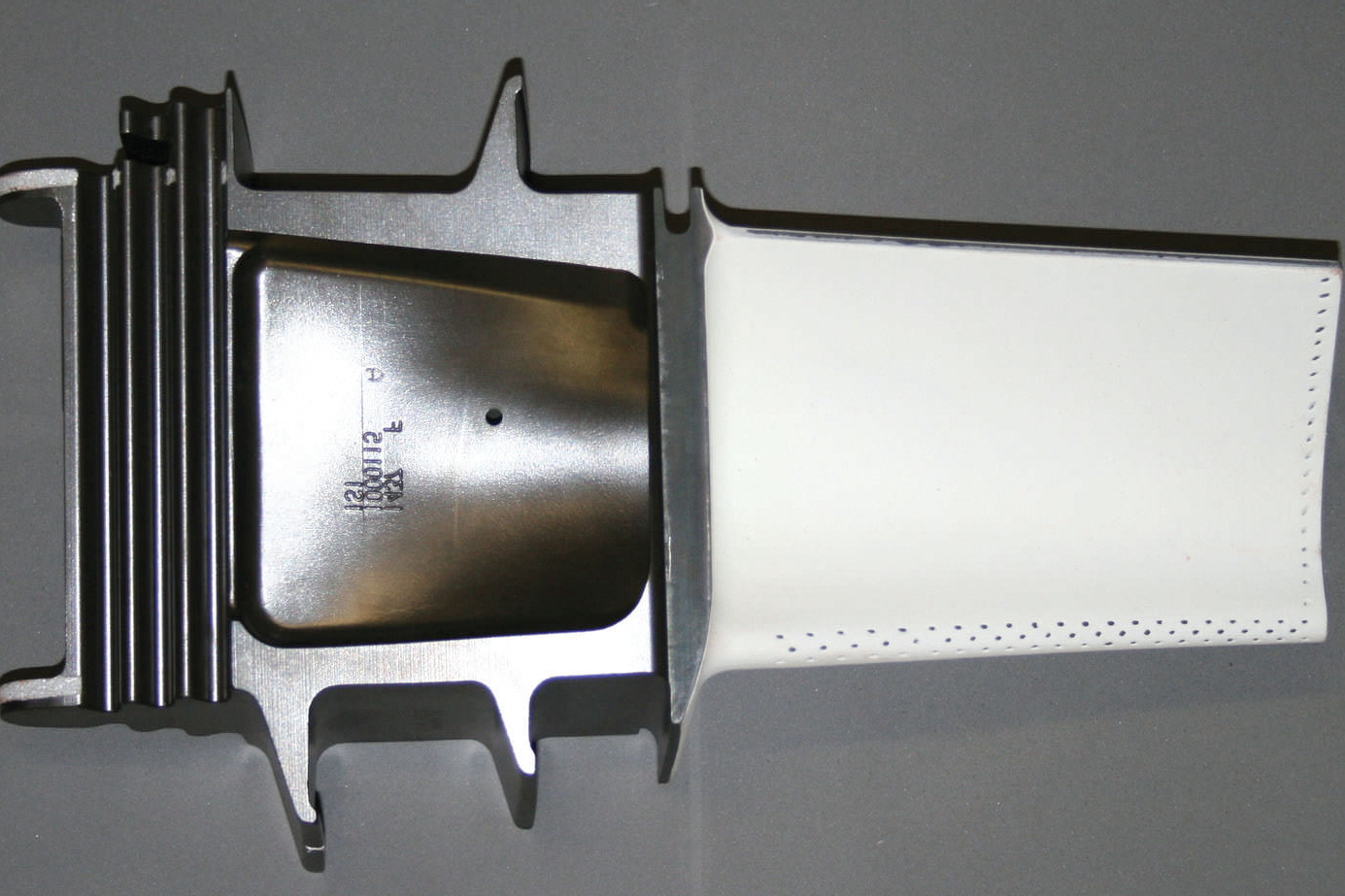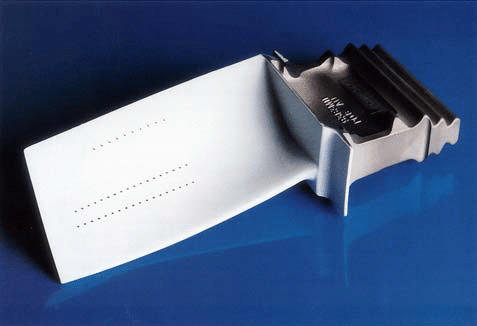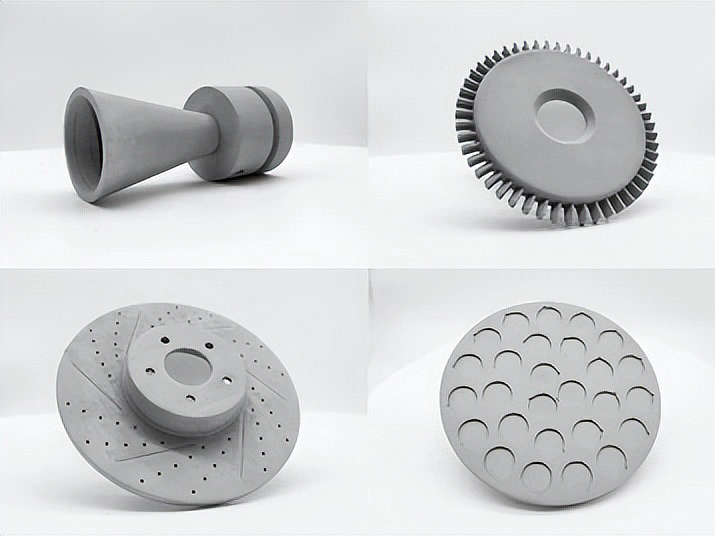What are the challenges of ceramic 3D printing, and how are they addressed?
What Are the Challenges of Ceramic 3D Printing, and How Are They Addressed?
1. Brittleness and Low Tensile Strength
Challenge: Ceramics inherently possess high compressive strength but low tensile and flexural strength, making them prone to cracking during printing, handling, or post-processing. This limits their use in load-bearing or dynamically stressed applications.
Solution: Design optimization such as lattice structures and controlled wall thickness helps distribute stress. Additive manufacturing enables the integration of support ribs, rounded corners, and stress-relieving geometries. Post-processing, including sintering, enhances material cohesion and structural performance.
2. High Shrinkage During Sintering
Challenge: Ceramic parts must be sintered at 1200–1800°C after printing to achieve full density. This process can result in 10–20% shrinkage, leading to dimensional inaccuracies, warping, or cracking.
Solution: Shrinkage is addressed by compensating for it in the digital model through software-driven scaling. Uniform green body density and controlled sintering profiles help ensure predictable and isotropic shrinkage.
3. Limited Material Compatibility and Feedstock Preparation
Challenge: Not all ceramic materials are suitable for additive manufacturing. Preparing ceramic slurries or powders with the right viscosity, particle size, and binder compatibility is critical. Poor material quality leads to nozzle clogging, incomplete curing, or weak green parts.
Solution: Use optimized, commercially validated feedstocks such as pre-formulated resins for SLA/DLP or flow-controlled powders for binder jetting. Maintain strict material handling protocols and drying/homogenization standards.
4. Green Part Fragility
Challenge: Before sintering, ceramic prints (green parts) are highly fragile and sensitive to handling, support removal, and post-curing steps. Minor deformation or mechanical impact can cause failure.
Solution: Implement gentle depowdering or solvent cleaning processes. Use automated support removal and controlled UV post-curing for resin-based ceramic parts. For complex shapes, Ceramic 3D Printing designs should minimize unsupported features and incorporate structural stiffening.
5. Surface Finish and Resolution Limitations
Challenge: Ceramic prints often have a rough surface and visible layer lines, especially with extrusion or binder jetting processes. These imperfections affect mechanical performance and sealing surfaces.
Solution: High-resolution technologies like SLA/DLP yield smoother parts. Post-processing options such as polishing, infiltration, or glaze coating improve surface quality and dimensional accuracy.
Recommended Solutions by Neway
Neway supports advanced ceramic part development with integrated services:
Ceramic 3D Printing: For Zirconia, Alumina, Silicon Nitride, and more
Heat Treatment: For controlled sintering and strength development
Surface Treatment: To improve smoothness, sealing, and durability
Low-Volume Manufacturing: For cost-effective, functional ceramic prototypes and custom parts



